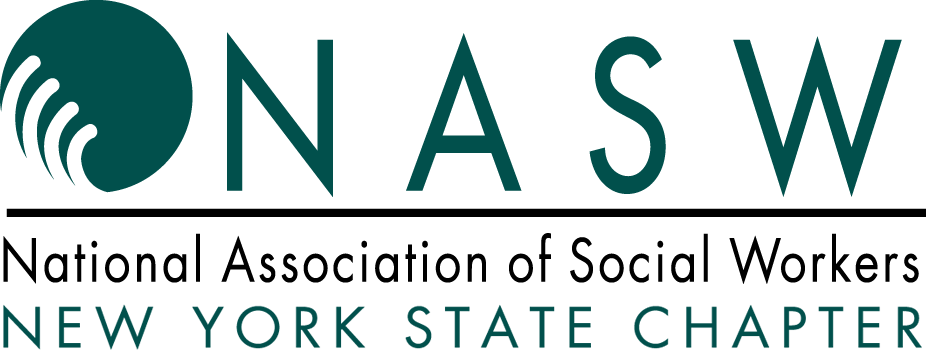The new federal rule to protect consumers from surprise health care bills went into effect on January 1, 2022, a rule that includes LCSW’s. We are working with our national team to provide more guidance and information on this rule change, however wanted to highlight for you a few things you should know.
As many of you know, the new federal rule to protect consumers from surprise health care bills went into effect on January 1, 2022. This rule includes LCSW’s. We are working with our national team to provide more guidance and information on this rule change, however wanted to highlight for you a few things you should know:
Who does this apply to?
This rule applies to both current and future patients who are uninsured or self-pay. GFE’s do not need to be provided to patients who are enrolled in federal health insurance plans.
What should we cover in the Good Faith Estimate (GFE)?
Providers must provide a GFE of expected charges that may be billed for items and services to individuals who are uninsured or who are self pay. The GFE must be provided both orally and in writing, upon request or at the time of scheduling health care items and service, and within specific timeframes.
What steps should I follow to comply?
- Ask patients if they have any health insurance coverage and ascertain if they are uninsured or self-pay. If a patient is insured, make a copy of the insurance card for your files and ask the patient if they plan to submit a claim for the services they will receive.
- Inform all uninsured and self pay patients of their right to a GFE. Written notice must be provided in clear language that the individual can understand in an accessible format, prominently displayed in the office and on the provider/facility’s website and must be easily searchable from a public search engine. Written notices should account for any vision, hearing or language limitations, including individuals with limited English proficiency or other literacy needs. It may be provided on paper or electronically, depending on the individual’s preference. The written notice should also state that information will be orally provided when the service is scheduled or when the patient asks about costs, and available in accessible formats, in the language(s) spoken by the patient.
- Provide all uninsured or self-pay patients with a GFE. A link to what this should include is here.
What is the timeframe?
Information regarding scheduled items and services must be furnished within one (1) business day of scheduling an item or service to be provided in three (3) business days; and within three (3) business days of scheduling an item or service to be provided in at least 10 business days. A new GFE must be provided, within the specified timeframes if the patient reschedules the requested item or service. If any information provided in the estimate changes, a new GFE must be provided no later than 1 business day before the scheduled care. Also, if there is a change in the expected provider less than one business day before the scheduled care, the replacement provider must accept the original GFE as their expected charges.
How should I address GFE’s for Recurring Services?
If you expect to provide a recurring service to the uninsured or self-pay patient, you may submit a single GFE to that patient for those services, so long as the GFE includes, in a clear and understandable manner, the “expected scope of the recurring primary items or services (such as timeframes, frequency, and total number of recurring items or services)”. The GFE can only include recurring services that are expected to be provided within the next 12 months. For additional recurrences beyond 12 months, the provider must provide a new GFE and communicate any changes between the initial and the new estimates.
For example, if you have a patient whom you expect will need continuing services throughout the year, the GFE could say: “I expect that my care of you will require continued weekly therapy sessions continuing through the end of the year, at $X per session for a total of 50 weeks, accounting for vacations and holidays for an estimated total of AMOUNT.”
If the future course of treatment is less certain, the GFE could say: “Depending on the progress we make this year, I expect that you will need 10–20 more sessions this year. At $X per session the estimated total cost would be AMOUNT.”
What if I am in a group practice or other type of facility?
You should contact your compliance officer for guidance.
Is there a template?
You can find templates that can be used to prepare good faith estimates and model language for informing patients of their rights to GFE here.
You can learn more about this rule change, enforcement, disputes and future actions here. We will continue to monitor this policy and any developments and pass along new information as it becomes available.
We do recommend that you speak with your legal advisor in addition to reviewing this guidance as legal and regulatory issues are highly fact-specific.
For further information and NASW guidance on the No Surprises Act, click here.
The above summary is provided by the NJ Chapter of NASW.
